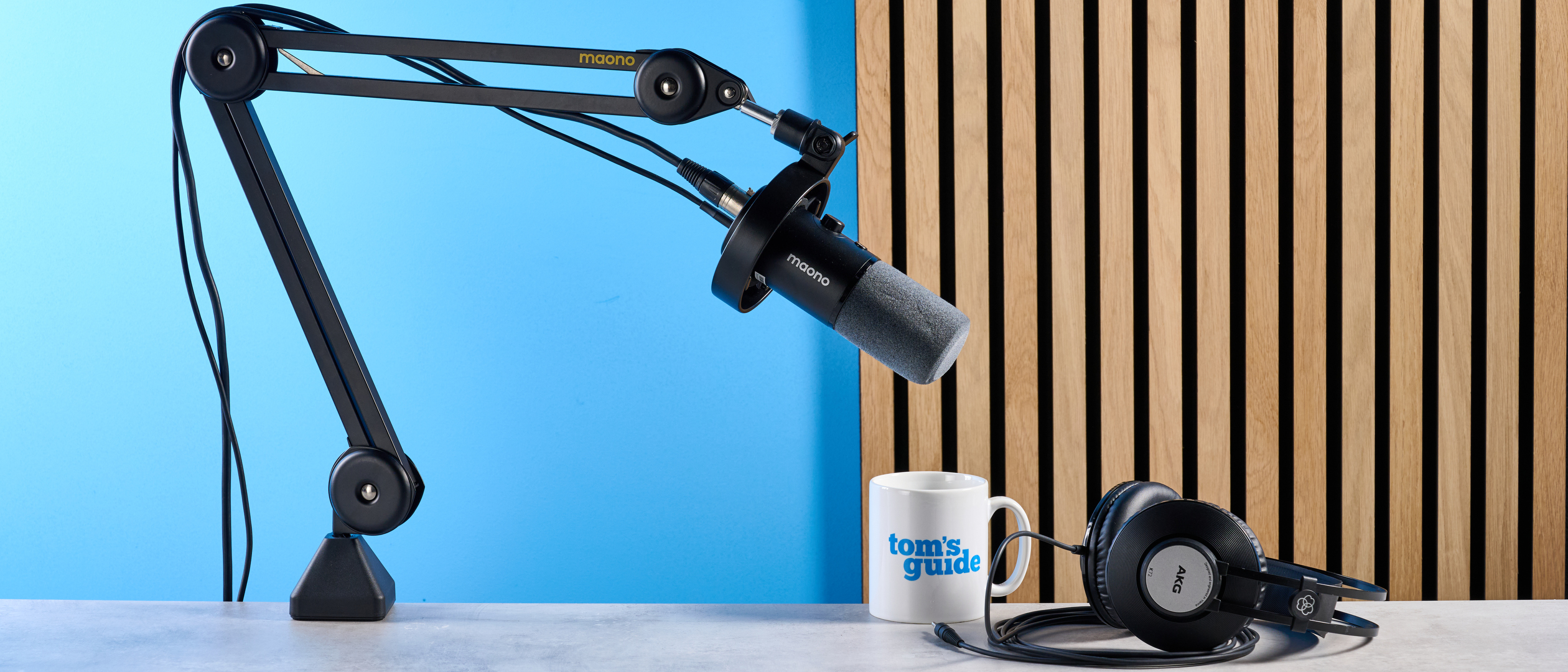NVIDIA has announced an ambitious plan to manufacture artificial intelligence infrastructure (AI) in the United States worth even 500,000 million dollars during the next four years. The initiative includes the production of Blackwell Chips in Phoenix (Arizona), as well as new plants dedicated to assembling their AI superorders in Texas.
The company will also have facilities in Houston and Dallas. It provides that mass production in plants take off within between 12 and 15 months. Now, the announcement comes at a delicate time, marked by the commercial war driven by the administration of Donald Trump that, despite a temporary exemption, maintains the focus on semiconductors.
Factories in the US, foreign experience. Although Nvidia has not detailed what models of Blackwell chips or AI systems will be involved, it has confirmed with who will carry out this industrial expansion. The company will support weight partners such as TSMC, Foxconn and Spil, three Taiwanese giants, in addition to the American Wistron.
Behind this international collaboration is the model fabless that follows Nvidia. The company designs its chips, but does not have its own manufacturing plants. To do this, he trusts specialized manufacturers such as TSMC, a formula that also use other heavyweights of the industry such as AMD, Qualcomm or MediaTek.
But after the announcement underlies an uncomfortable reality, especially for the aspirations of technological self -sufficiency pursued by the United States. Large companies in the sector, such as NVIDIA or Apple, continue to depend largely on the production capacity and foreign expertise for the production of most of its products.
Taiwanese firms land in the US. Match the level of technological sophistication offered by Taiwan remains a distant goal. Giving up that capacity simply is not a viable option. The alternative, as already begun to glimpse with the Chips Law promoted by the Biden Administration, goes to attract factories to the US territory.

But the deployment has not been simple. TSMC has faced delays due to the difficulty of finding workers willing to assume their demanding work culture. According to Fortune, the 12 -hour days and the weekend shifts did not fit the American model, and caused internal tensions and a high rotation of personnel.
The plants begin to take off. After months of delays, the first TSMC factory in Arizona has begun to produce chips for Apple and AMD using the N4 node (5 Nm). It is not its most advanced technology, but marks an important step. The second plant, scheduled for 2028, will work with nodes of 3 Nm and 2 Nm.
In the case of Nvidia, the company has confirmed that the production of its Blackwell chips has already begun at the TSMC facilities in Arizona. What is not entirely clear is at what exact point the process is located or if the final packaging is being carried out in the United States or continues depending on shipments to Taiwan.
As ASML points out, there are several processes involved in chip production. Let’s see them in general:
- Deposition: It starts from an ultrapuro silicon wafer on which very thin layers of different materials are added. These layers form the base of the chip.
- Fotor resistant coating: The wafer is covered with a photosensitive material that reacts to light and allows to transfer the design of the circuit.
- Lithography: Ultraviolet light on the resist To draw the chip pattern. This phase defines the size of transistors.
- Recorded: The exposed areas of the resist To mark the pattern on the wafer. It can be done with gases (dry) or with chemicals (wet).
- Ionic implantation: The wafer with ions is bombarded to modify its conductivity and form the transistors.
- Packaging: Chips are cut, place on a substrate with connections and encapsulate with a cover that protects them and helps to dissipate heat.

Waiting for advances. Analysts cited by Reuters point out that “it is unlikely that Nvidia had transferred its production to the United States of not being for the pressure of the Trump administration.” They add, however, that the announced figure could be an exaggeration, and compare the maneuver as the one performed by Apple when it promised to invest half a billion dollars in the country.
Images | Nvidia
In WorldOfSoftware | After strictly regulating AI, the European Union has identified a problem: it has been too European Union












